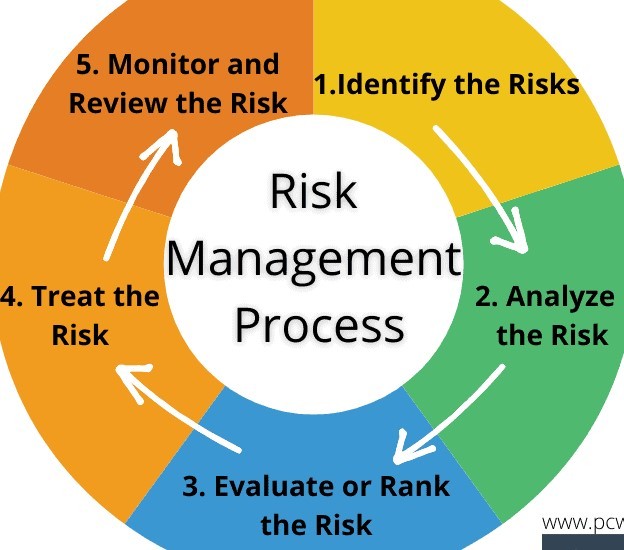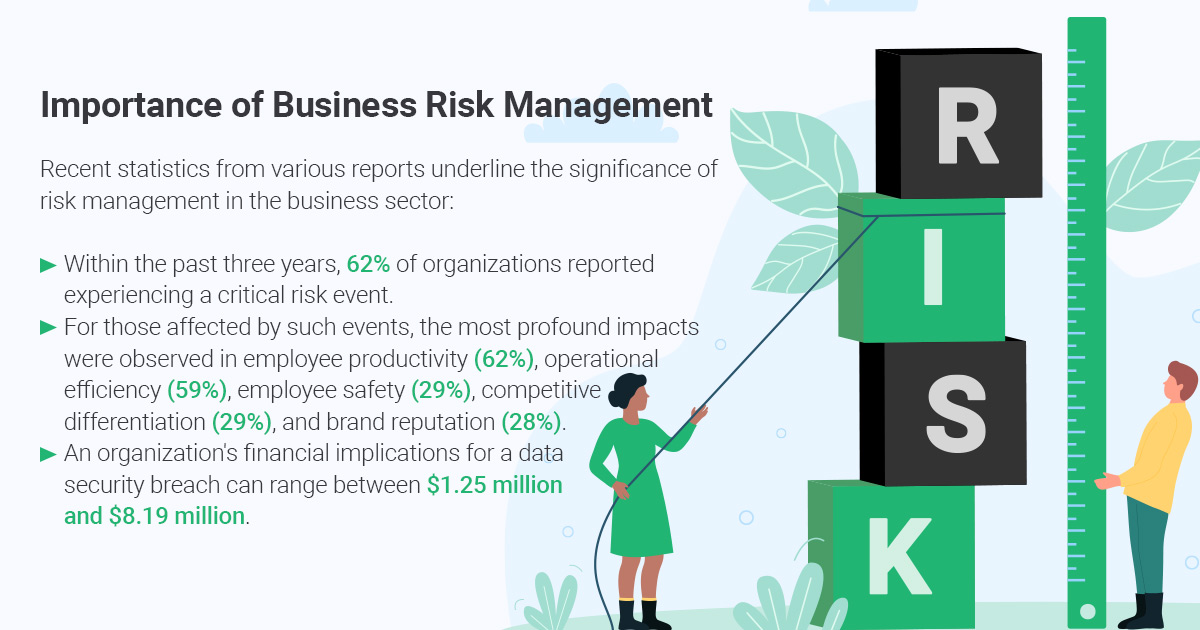The Crucial Importance of Risk Management in Protecting Business Assets
Wiki Article
The Relevance of Comprehending the Significance of Risk Management in Numerous Industries

The Core Concept of Risk Management and Its Objective
Risk Management, the foundation of many industries, hinges on the identification, evaluation, and mitigation of unpredictabilities in a business setting. By appropriately identifying potential risks, businesses can develop techniques to either stop these threats from occurring or decrease their influence. Once threats have been determined and reviewed, the mitigation process entails devising methods to decrease their potential impact.Benefits of Implementing Risk Management in Company Operations

Introducing the Function of Risk Management in Different Industries
While every sector faces its one-of-a-kind set of risks, the application of Risk Management approaches remains a common measure in their quest of sustainability and growth. In the health care field, Risk Management involves ensuring patient safety and security and data security, while in financing, it entails mitigating investment threats and guaranteeing regulatory compliance (importance of risk management). Construction companies focus on worker security, project hold-ups, and spending plan overruns. In the technology market, business minimize cybersecurity threats and innovation obsolescence. Eventually, the role of Risk Management across industries is to recognize, analyze, and minimize risks. It is an essential component of tactical planning, enabling companies to protect their assets, optimize opportunities, and accomplish their purposes.
Real-life Situation Researches Showing Successful Risk Management
To recognize the value of Risk Management in these lots of markets, one can look to numerous real-life circumstances that show the effective application of these measures. Toyota, publish the 2011 earthquake in Japan, revised its supply chain Management to decrease interruption risks. These situations demonstrate how markets, finding out from dilemmas, efficiently used Risk Management techniques to decrease future risks.
Future Fads and Advancements in Risk Management Techniques
Cybersecurity, when a peripheral problem, has actually catapulted to the leading original site edge of Risk Management, with methods focusing on action, prevention, and discovery. The integration of ESG (Environmental, Social, Administration) variables into Risk Management is one more growing pattern, showing the increasing acknowledgment of the role that environmental and social risks play in service sustainability. Hence, the future of Risk Management exists in the combination of advanced technology, cutting-edge techniques, and an all natural strategy.Final thought
Finally, recognizing the importance of Risk Management across a spectrum of industries is vital for their longevity and prosperity. Customized methods can help alleviate potential threats, safeguard possessions, and foster stakeholder trust fund. Furthermore, aggressive decision-making aids in regulative conformity and enhances source usage. Ultimately, successful Risk Management adds to more resistant and lasting organizations, highlighting the redirected here importance of this method in today's extremely affordable and dynamic organization environment.While every sector faces its one-of-a-kind collection of dangers, the application of Risk Management techniques stays a common denominator in their pursuit of sustainability and development. In the medical care field, Risk Management involves anchor making sure patient safety and security and information defense, while in financing, it entails mitigating financial investment dangers and guaranteeing regulative compliance. Eventually, the role of Risk Management throughout sectors is to determine, evaluate, and mitigate risks. These instances show how sectors, learning from crises, effectively applied Risk Management methods to decrease future dangers.

Report this wiki page